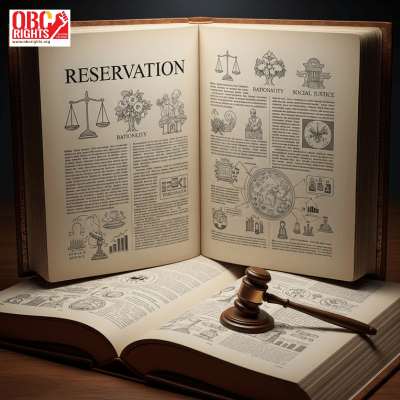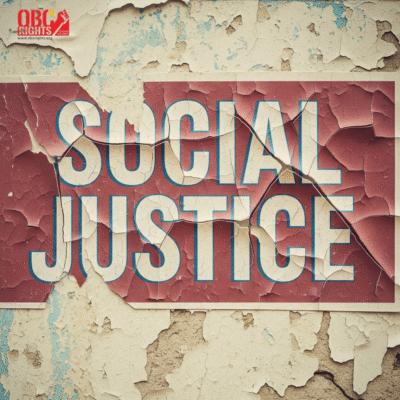Introduction
When it comes to OBC (Other Backward Classes) reservation in India, Tamil Nadu has always followed a different path. While most states stick closely to the 27% reservation limit set by the central government, Tamil Nadu goes much further — and it has been doing this for decades. But why is Tamil Nadu different? What makes its OBC reservation policies stand out? And what can the rest of India learn from its approach?
Let’s break it down in simple terms.
What’s the Standard OBC Reservation Across India?
In most Indian states, OBCs get 27% reservation in education and government jobs, as per the central government rule. This is based on recommendations of the Mandal Commission, which identified socially and educationally backward classes needing support.
However, this 27% limit is part of a broader 50% cap set by the Supreme Court in the Indra Sawhney case (1992), meaning total reservations (including SC/ST and others) should not go beyond 50%.
Tamil Nadu: A Different Model
Tamil Nadu has 69% reservation — the highest in India. Out of this, 50% is reserved for OBCs and MBCs combined. This is far above the 27% limit in most other states.

How is this possible?
Because Tamil Nadu placed its reservation law in the Ninth Schedule of the Constitution, which protects it from being challenged in courts. It has insulated 69% reservation by insulating Act 1994 – by invoking Article 31C of the Constitution of India.
The Legal and Political Strategy Behind 69% Quota
In 1994, the Tamil Nadu government passed a law to fix total reservation at 69% – This was debated in Parliament, nd get the accent of the President of India.
This included:
- 30% for Backward Classes (BC)
- 20% for Most Backward Classes (MBC)
- 18% for Scheduled Castes (SC)
- 1% for Scheduled Tribes (ST)
This law was then included in the Ninth Schedule (via the 76th Constitutional Amendment) to safeguard it from legal challenges.

Why Tamil Nadu’s Approach Matters
Tamil Nadu’s reservation policy is based on decades of data, public demand, and social justice movements. The state recognizes that not all backward classes are the same — so it divides OBCs into BC and MBC, offering tailored support.
This model ensures that dominant OBC castes don’t take away most of the benefits, and that the most backward sections are not left behind.
What Can Other States Learn?
- Disaggregated Data Helps: Classifying OBCs into sub-categories (like BC and MBC) ensures fairer distribution.
- Political Commitment is Crucial: Tamil Nadu’s reservation laws have strong political support, which helps protect them legally.
- Ninth Schedule as a Tool: While controversial, placing laws in the Ninth Schedule has helped Tamil Nadu safeguard its policies.
Final Thoughts
Tamil Nadu’s 69% reservation model is bold, historic, and rooted in a long tradition of social justice. But here’s the hard truth:
Even the most generous reservation policy can become unreliable if it isn’t backed by updated caste-wise population data.
Without knowing who the OBCs are today, how many there are, and which groups are still left behind, we risk running a system on assumptions — not facts.
To ensure real justice for all OBCs — not just a few — caste census is the next urgent step.
Stay informed and raise your voice with obcrights.org — because fair policy needs real data.



